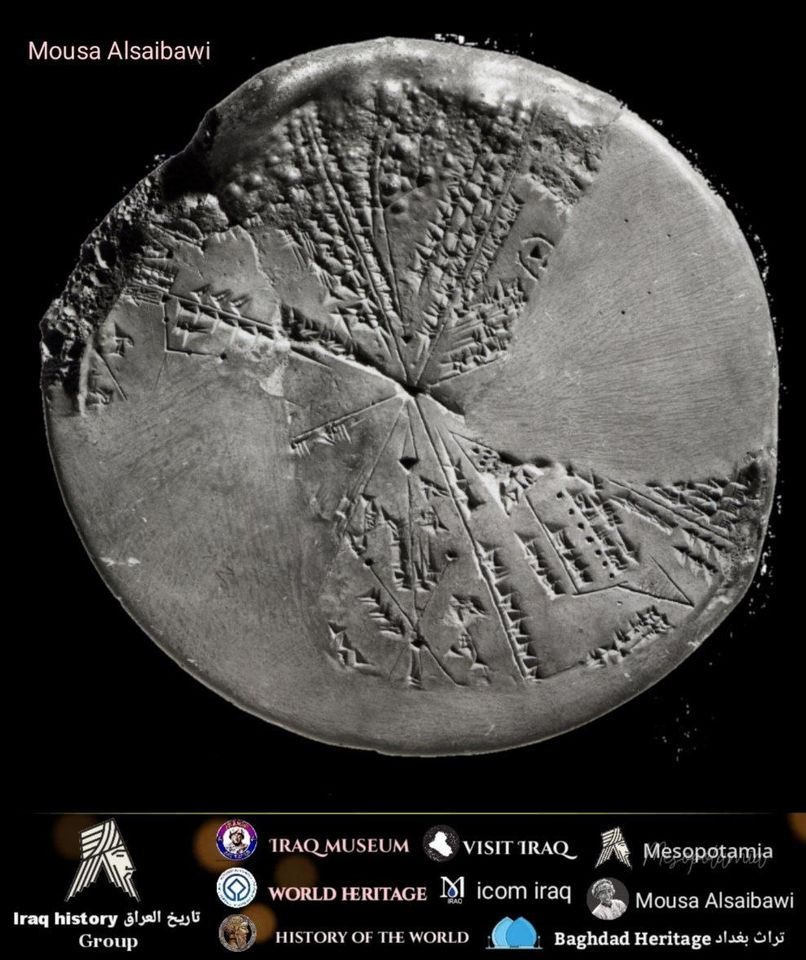A circular cuneiform tablet depicting the constellations

Fragment of a circular clay tablet with depictions of constellations (planisphere) Neo-Assyrian. The reverse is uninscribed Section of a sphere or instrument for astrological calculations The flat side is inscribed with mathematical figures and descrip For comment on the interpretation of the text and identification of the constellations see Koch 1989 Celestial planisphere in this stylised map the sky has been divided into eight sections It represents the night sky of 3-4 January 650 BC over Nineveh iraq The rectangular shape at the top has been identified as the constellation known today as Gemini and the stars contained with an oval shape are the Pleiades The two triangles in the lower right mark the bright stars of Pegasus
Source: Iraqi Antiquities Archives
In the world's museums British Museum K.8538

